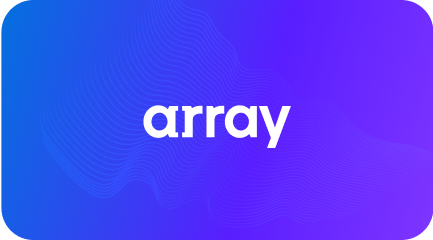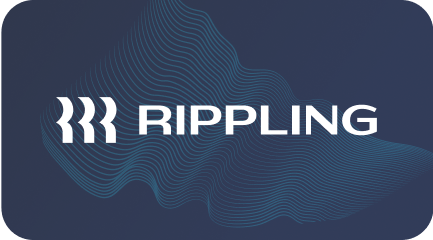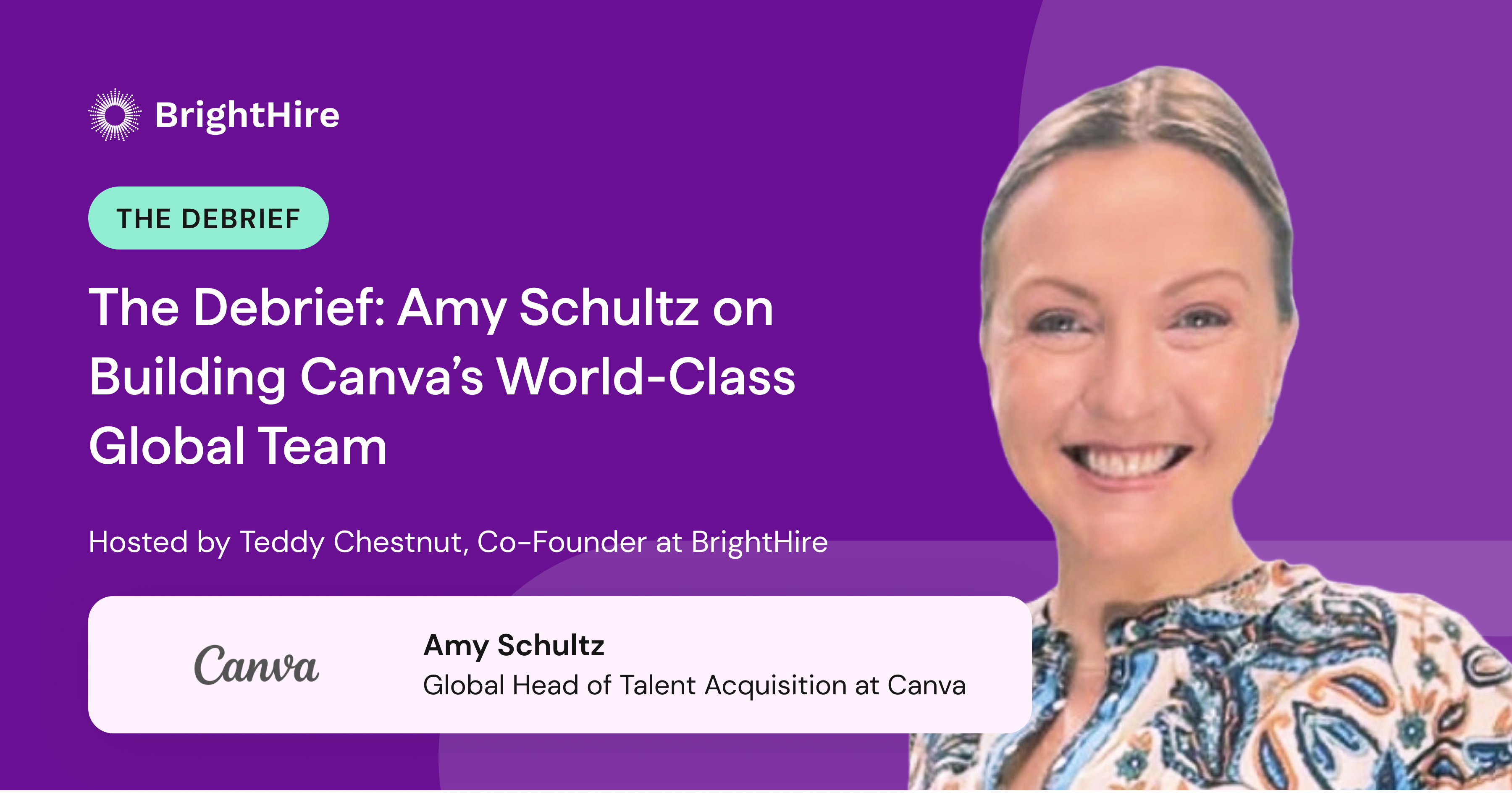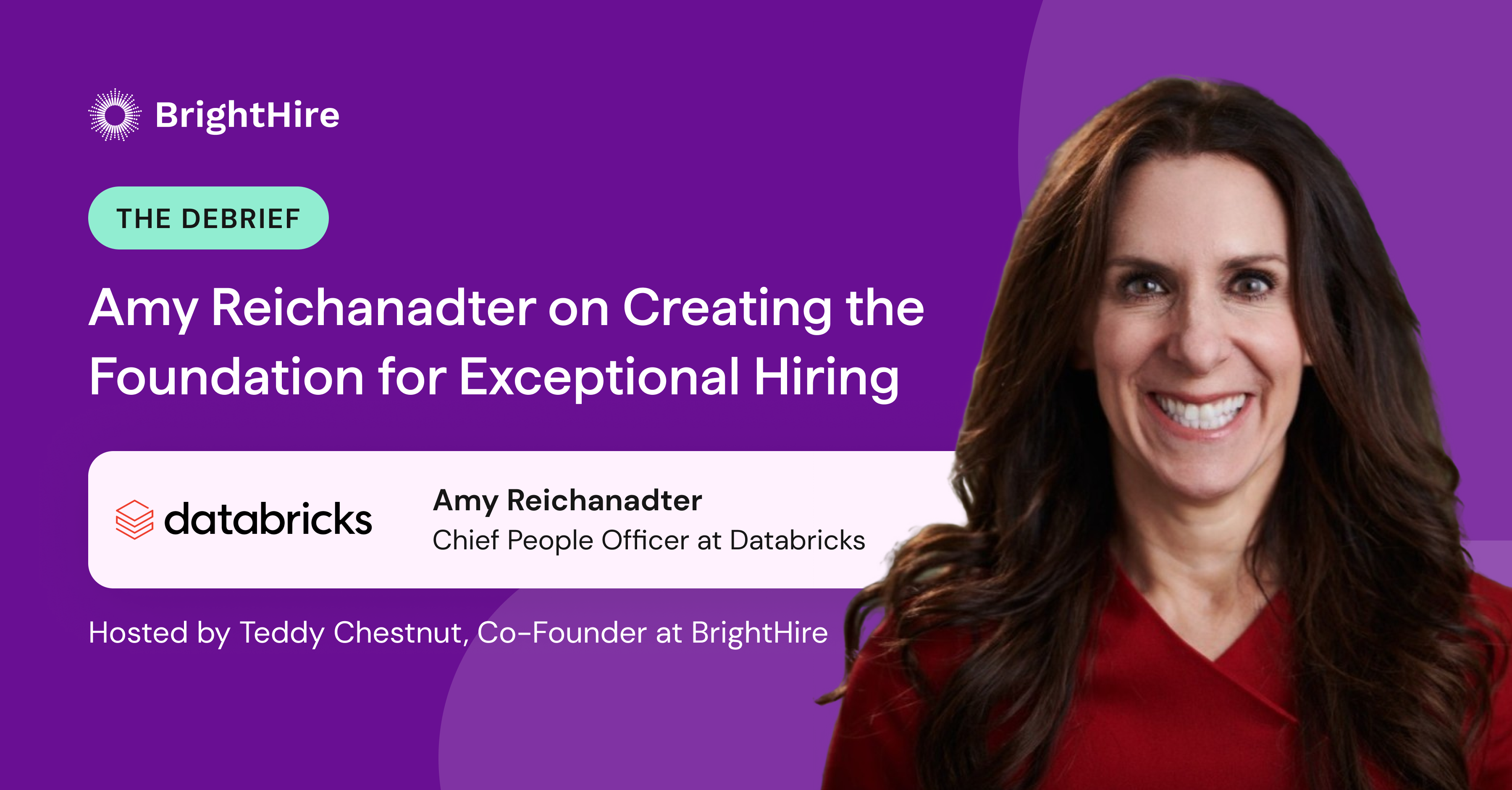Winning the best talent begins with building a great interview process. But what does great look like? The top hiring processes share one thing – structure. Research shows structured interviews best predict a candidate’s job performance and helps reduce bias in the hiring process.
Dr. Melissa Harrell, a hiring effectiveness expert on the Google People Analytics team, agrees. “Structured interviews are one of the best tools we have to identify the strongest job candidates (i.e., predictive validity). They also avoid the pitfalls of some of the other common methods.”
What does a structured interview process look like? It defines roles for your interviewers, aligns hiring managers and recruiters on competencies, standardizes your questions for candidates, and uses a ranking scale to evaluate candidates’ responses consistently.
Take it from NextRoll, a fast-growing marketing technology company. Its Talent Acquisition team built a best-in-class structured interview process that empowers interviewers, improves candidate experience, and accelerates the company’s hiring process. We interviewed Claudia Villanueva, Manager of Talent Operations & Programs at NextRoll, to share more about their experience on building a structured interview process.
Read on to uncover how NextRoll built a top-notch structured interview process.
How NextRoll Created a Process for Structured Interviews
It all started with a simple question. NextRoll’s team wondered, “How can we hire more efficiently and equitably?” The answer: reimagine its approach to hiring to make it more structured. It was immediately clear to NextRoll that creating a more structured interview process with a focus on behavioral interview questions would help reduce bias in the interview process.
Previously, NextRoll’s Talent Acquisition team relied on an interviewing template that gave hiring managers and interviewers a place to capture questions and determine core focus areas. But the template didn’t provide enough guidance on structuring a behavioral interview question and evaluating candidates’ responses, which led to inconsistent interpretations. In other words, not having a shared method for types of questions to ask and evaluating candidates’ answers left room for subjectivity and bias to creep in.
NextRoll’s Talent Acquisition team decided to take action and to help reduce bias by building a comprehensive resource that standardized the interview process.
NextRoll focused on 5 steps to create and implement the structured interview process:
Begin with Competencies
Before, it was solely up to hiring managers to determine the role’s desired competencies. NextRoll’s Talent team knew that to be more consistent, it needed to help steer hiring managers in the right direction by giving them guidance on core competencies.
The Talent Acquisition team began by identifying the key competencies NextRoll traditionally evaluated candidates on. The team looked at more than 100+ roles to determine top competencies. Then, they broke down competencies by role, designating them by individual contributor, manager, and senior leadership levels.
Create a Framework
With a solid set of core competencies established, the NextRoll team moved on to creating a framework for hiring managers, recruiters, and interviewers. Claudia and contributors developed new resources that included:
- An expanded framework where hiring managers and recruiters aligned on the mapped competencies and questions from preliminary phone screens (recruiter screens) to face-to-face interviews (final stages)
- A repository of behavioral-style interview questions mapped to the top competencies based on level
- A new operational approach to leveraging their Applicant Tracking System (Greenhouse) to align to a more structured interview approach (i.e., customization of scorecards)
The new process allowed hiring managers, recruiters, and interviewers to have a clearly defined interviewing plan and process. It gave visibility into the questions to ask and in-depth explanations about how to evaluate each answer. It also empowered them with a click of a button to access the resources they needed to feel confident in the interview, significantly impacting a more positive candidate experience overall.
Change Management in the Hiring Process
The team knew once it had the template, it didn’t mean the work was over. The template wasn’t consistently used before, so the Talent team had to find ways to integrate it into the hiring process.
The team focused on driving adoption with recruiters, hiring managers, and interviewers. They strategically looked for trigger points in the process that would prompt recruiters to ask hiring teams to use the template.
For example, when headcount is approved, recruiters email hiring managers to share the approval and schedule a meeting. This was the perfect opportunity to ask hiring managers to fill out the template before they began recruiting for a role. Recruiters started making the ask in their initial emails to hiring managers.
Additionally, the NextRoll team wanted to ensure the interviewers were empowered to ask the right questions from the start. Claudia and the Talent Operations team put a lot of focus on leveraging the capabilities of Greenhouse to host their focus areas and associated behavioral interview questions.
The process update worked. The Talent Acquisition team and hiring teams successfully adopted the template and embedded it into the process.
Share the Structure with Candidates
NextRoll strives to create meaningful experiences for candidates and prides itself on separating the candidate’s experience from the interview outcome. The Jellyfish is one NextRoll’s core Culture Creatures and encourages transparency at all levels of the company. This value of transparency extends into the candidate experience.
NextRoll’s recruiting philosophy is candidates should always know what to expect in an interview, and there should never be any surprises. To help candidates prepare, NextRoll’s recruiters began giving them a heads up through a candidate prep guide and also verbally letting them know:
- NextRoll follows a structured, behavioral interview process
- Transparency on the core areas they’re evaluating and the types of questions they will potentially ask
- What they expect in a good answer (a version of the STAR method)
Set Expectations with Interviewers
NextRoll’s commitment to Diversity, Equity, and Inclusion is irrefutable. This commitment extends to Talent Acquisition, where they want to ensure from all angles that they hire a more diverse population and address areas where bias can creep in.
In unison with creating candidate prep guidelines, the NextRoll team created an interviewer prep guide and aligned training sessions to ensure interviewers provide better feedback that helps reduce bias in decision-making. The prep guide and training aligned the interviews on a few core areas:
- Ensure interviewers evaluate a candidate solely based on their assigned competency and questions, ensuring interviews are focusing on what matters.
- Educate interviewers on where bias can creep into the interviews. A common example of bias in the interview process is making positive or negative judgments about an interviewee based on their first impression. This normally happens during the first 7 seconds upon meeting someone. One suggestion we coach our interviewers to do is to make a mental note of their bias, helping the interviewer acknowledge and park their bias at the door.
“Having structure helps interviewers have clarity on what to expect from candidates, reduces bias, and in the end significantly helps the candidate experience,” says Claudia.
3 Major Benefits of Structured Interviews
After rolling out the new structured approach to interviews, Claudia and her team have seen immediate improvements:
1. Aligns Recruiters and Hiring Managers
Establishing the role requirements, key competencies, interview questions, and evaluation methods makes it easier for recruiters and hiring managers to collaborate. It speeds up the entire hiring process and allows recruiters to move faster and bring in higher-quality candidates. The template also allows hiring managers to decide the role each interviewer plays in advance, helping eliminate unnecessary interview rounds and avoid repetitive questions.
It encourages the hiring manager to consider, “What do I actually need? How do I make sure I have the right people and they’re asking the right questions?”
It’s been so successful that completing the template has become a prerequisite for opening a job and must be done before the team begins interviewing candidates.
2. Reduces Bias in the Interview Process
By providing interviewers with a clear framework that structures evaluation, interviewers now know what a good answer sounds like and can determine when a candidate has an aligned skill set. Without structure, factors such as where someone went to school, the type of industry they work in, and even communication style can impact a candidate’s rating. With the added structure, interviewers can now focus on what matters.
3. Speeds Up Scorecard Submissions
Claudia and the NextRoll Talent team have seen the time it takes for interviewers to complete scorecards reduce drastically. Because the questions and evaluation approach are laid out for an interviewer, they can easily input their notes into the ATS scorecard.
Want to create a structured interview template for your company?
Claudia’s advice: Creating standardized interviewing doesn’t happen overnight. Start with the basics and evolve it over time. You don’t need to have it all figured out in the beginning. Creating a more inclusive interview experience is a journey!
And most importantly, as you build it, take people on the journey with you.
Want to check out NextRoll’s guide to structured interviews? Access the template.









